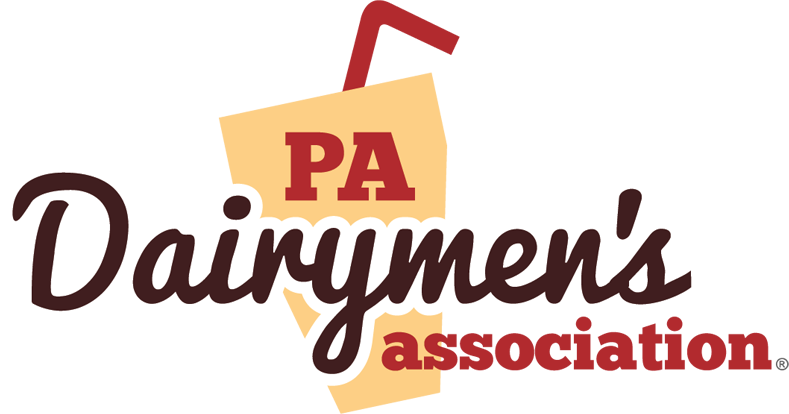 Our Earth is a beautiful place. The bright pastel colors that blossom in the springtime, the icy snow that falls in the winter, the changing colors of the autumn leaves and the bright blue summer skies are just a few examples of its beauty. Dairy farmers take many steps to maintain this beauty by dealing with an ugly truth – poop. Yes, poop. It’s not pretty, and it can smell yucky, but the way dairy farmers deal with the poop their cows produce is incredibly important to sustaining our environment.
Our Earth is a beautiful place. The bright pastel colors that blossom in the springtime, the icy snow that falls in the winter, the changing colors of the autumn leaves and the bright blue summer skies are just a few examples of its beauty. Dairy farmers take many steps to maintain this beauty by dealing with an ugly truth – poop. Yes, poop. It’s not pretty, and it can smell yucky, but the way dairy farmers deal with the poop their cows produce is incredibly important to sustaining our environment.
One Cow’s Poop is A Farmer’s Treasure
To understand the beauty of cow poop, you first have to understand modern dairy farming. No longer do farmers have a menagerie of animals and a large garden, dairy farmers now focus solely on the care of dairy cows and producing high-quality milk. As this focus has shifted, the need to contain the manure a cow produces has become more important. Dealing with the poop from five cows grazing in a pasture is vastly different from managing the poop of 500 cows in a barn.
In Pennsylvania, dairy farmers feed and house their cows in a number of ways:
- A rotational grazing herd – on this type of farm the dairy cows get the majority of their food from grazing from April-November, and spend time in a freestall or tie-stall barn at night
- Tie-stall barn – on this type of farm the dairy cows have individual stalls for milking, resting and eating, but may spend some time grazing
- Freestall barn – on this type of farm the dairy cows are grouped together in the barn, moving freely from food, water and individual stalls they can rest in
No matter the size or type of farm, every dairy farm must have a manure management plan that meets federal and state regulations (even grazed pastures). A manure management plan is important for several reasons, including:
- Ensuring the farm properly applies manure to fields based on nitrogen and phosphorus levels
- Ensuring manure does not contaminate waterways or ground water through runoff
- Ensuring the storage of manure prevents leakage
Beauty is in the Eye of the Beholder
But, what happens “on-the-ground”? How is manure dealt with day in and day out? To be honest, it ain’t pretty. But, it’s important. Several times a day, the manure is scraped, either by hand, or using an automatic scraper, into a holding area. Sometimes, it is mixed with wastewater, such as water used to clean the milking area and bedding materials, such as sand or sawdust. Next, the manure is moved to a larger, more long-term holding area, in most cases a lagoon or pit. The final step of the manure’s life cycle depends on the farm.
The majority of Pennsylvania dairy farms will hold the manure for a period of time in a pit, and then remove it with special equipment and spread it on their crop fields as a source of natural fertilizer. This is done within regulations that ensure each field has a balanced source of nitrogen and phosphorus, and that runoff into waterways is not possible. Each farm is required to keep records of the amount of manure applied to each field or pasture.
Have you ever seen a farmer spreading poop on a field? It can look strange; the brown spray coming from the back of a machine, and sometimes it can smell, too. But, remember that smell is only temporary, and you can think of it as “the smell of environmentalism” knowing the many steps dairy farmers are taking to care for our Earth.
It’s Electrifying
Some farmers are now using methane digesters, which convert the cow manure into electricity. This process involves heating the poop to a high temperature and capturing the biogas that is released. This gas is converted into electricity with the use of a generator. The farm can use this electricity, selling any extra back to the power grid. In this case, the leftover solids, once cleaned and sanitized, can be used as bedding for the cows or as a natural fertilizer for home gardens.
This method of dealing with cow poop has been dubbed “cow power” and is truly a beautiful system for our environment. Using cow power can make a farm self-sufficient and is producing electricity with something that is literally waste. More and more farms are using this system, with some small farms even creating cooperatives so they can use the technology together.
The next time you drive past a Pennsylvania dairy farm, think about the beauty of the dairy cows – their big eyes, their sweet faces, their amazing ability to create milk….and the beauty of the poop they produce. Cows, the original recyclers!
Check out this infograph from our friends at Dairygood.org – A Pile of Energy: How Cow Poop Becomes Power.

